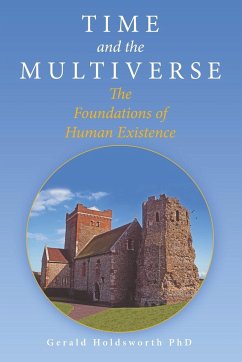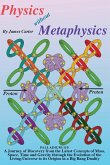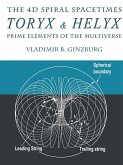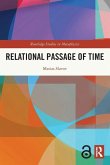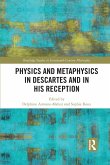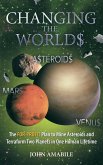Is there a mechanism through which some people can see the future? How can a life in this universe be predetermined? Where might information about the future exist? If we are to have faith in our grasp of physics and cosmological principles, it must exist outside this universe. How can we structure a multiverse so that it broadly accommodates precognition? In Time and the Multiverse, author Dr. Gerald Holdsworth addresses these questions and more and discusses phenomena that cannot be explained by the principles of established physics. Holdsworth accepted the challenge of explaining the basis behind the common experience of precognition, the easiest phenomena to verify but the hardest to explain. He tells how he built a looped version of the serial, time-zoned multiverse which exhibits time zoning within the regular clock time system as well as revealing what can be termed a timing system, which coordinates the processes within the multiverse's Cosmic quantum computer. This second time is in practice represented by a fixed frequency of time pips occurring within the computer. Author notes What I present in chapter 2 of this book concerning the dynamics of the multiverse cannot be described by mathematical equations because the physics isn't available. I have relied entirely on logical statements and geometry to produce the Cosmic Blueprint and, from a special case of it, the Cosmological model. Arthur Eddington and Wolfgang Pauli knew that to achieve a complete understanding of our existence one has to include all the unexplained anomalies (like precognition) along with established physics: quantum mechanics, particle physics and Einstein's gravity theory. Eddington and John W Dunne realized that time would play a major role in tying together all the evidence. Dunne's attempts ending in 1955 were invalid due to his deliberate exclusion of the existence of multiple universes. He did at least finally confess his spiritual experiences.

